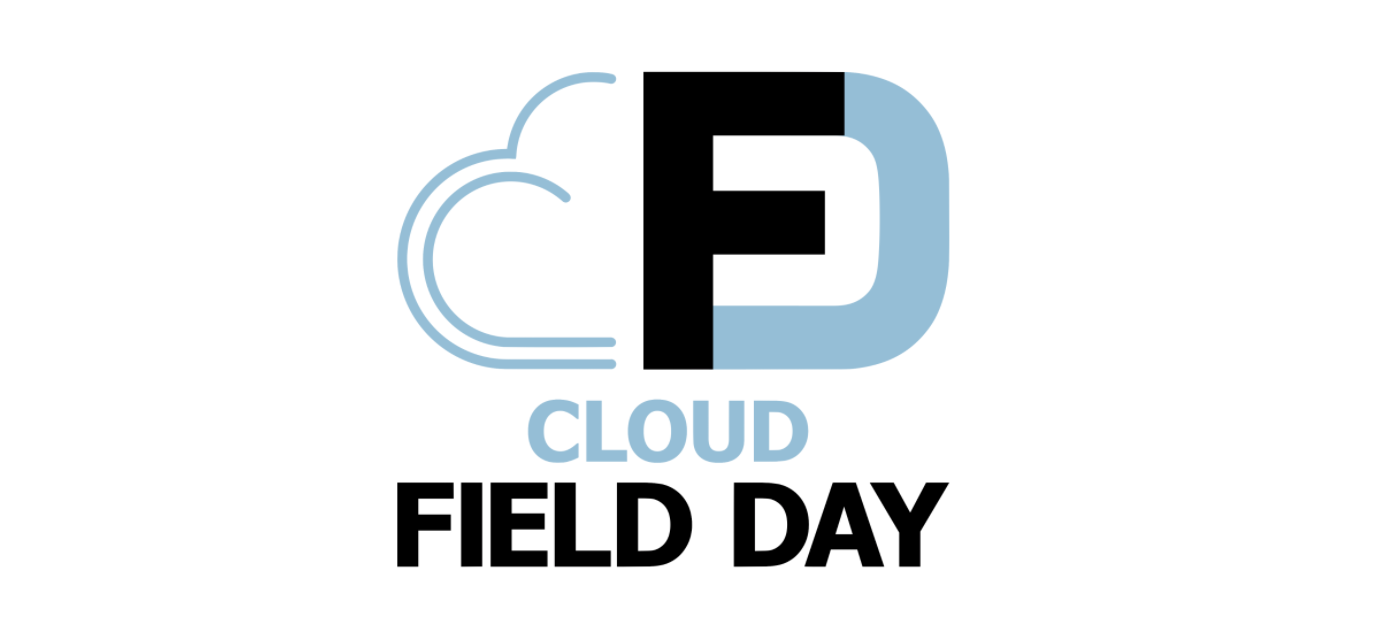Kubernetes, Multi-Tenancy and GUIs - Critical Capabilities in the Cloud: CFD11 Deep Dive Session One

When we talk about the ways MinIO is changing how enterprises view object storage, we are never far from the topic of Kubernetes. It is one of the most impactful pieces of the cloud ecosystem today, so when discussing MinIO’s critical capabilities at Cloud Field Day back in June, it made sense for us to zero in a chunk of our discussion on just how the Kubernetes piece fits into the greater picture.
For our first deep-dive section of the event, MinIO founder AB Periasamy, CMO Jonathan Symonds, and engineer Daniel Valdivia discussed three critical capabilities—Kubernetes, Multi-Tenancy, and GUIs—that differentiate MinIO as the leader in high performance object storage.
Though Kubernetes offers value to companies using file and block storage systems, to get the full value of what Kubernetes has to offer, object storage is the way to go. Object storage, with its reliance on RESTful APIs and inherent scalability, is the natural solution for Kubernetes to end up with, and as enterprises transition to a forward-thinking view of their storage architecture MinIO clearly stands out as the most compatible solution.
This paradigm shift is happening slowly, but is inevitable. In his presentation, Jonathan mentioned that even just five years ago nobody was thinking like this. There was some pushback - specifically around running databases on object storage, and that prompted a blog from our CTO, Ugur Tigli. AB explained that every modern database either has transitioned or is transitioning to object storage as the scalability issue rears its ugly head. File and block may still have its valid applications, but anybody trying to get ahead of the curve and make the most of a Kubernetes deployment is looking to object storage as the only option.
AB then dove into the difference between multi-user and multi-tenant architecture, and why—for cloud-native deployments—multi-tenancy is a must have. Previously, the understanding of the concept of “multi-tenancy” was just multiple users in the same namespace. At scale, this does not work as you begin actively working against Kubernetes—in a cloud-native environment, Kubernetes should be doing the isolation, orchestration, and scaling of these tenants. There is a short post on the criticality of lightweight tenants here.
After answering more questions, we went into our final topic of the session: graphical user interfaces. MinIO began with a focus on APIs and automation, which while functional, came from the command line and thus required a more hands-on approach. As MinIO expanded more into the IT of our users, we realized we could maintain our functionality but simplify usage, allowing users to maximize the utility of MinIO with just a handful of clicks. As Jonathan put it, you can now deploy multi-tenant, object storage as a service without even knowing how to spell Kubernetes.
We love Cloud Field Day because it allows us not only to present what we’ve built, but have an active discussion with knowledgeable skeptics to prove that our high-performance object storage holds up even under strict scrutiny. I highly recommend checking out the full discussion on the above.
